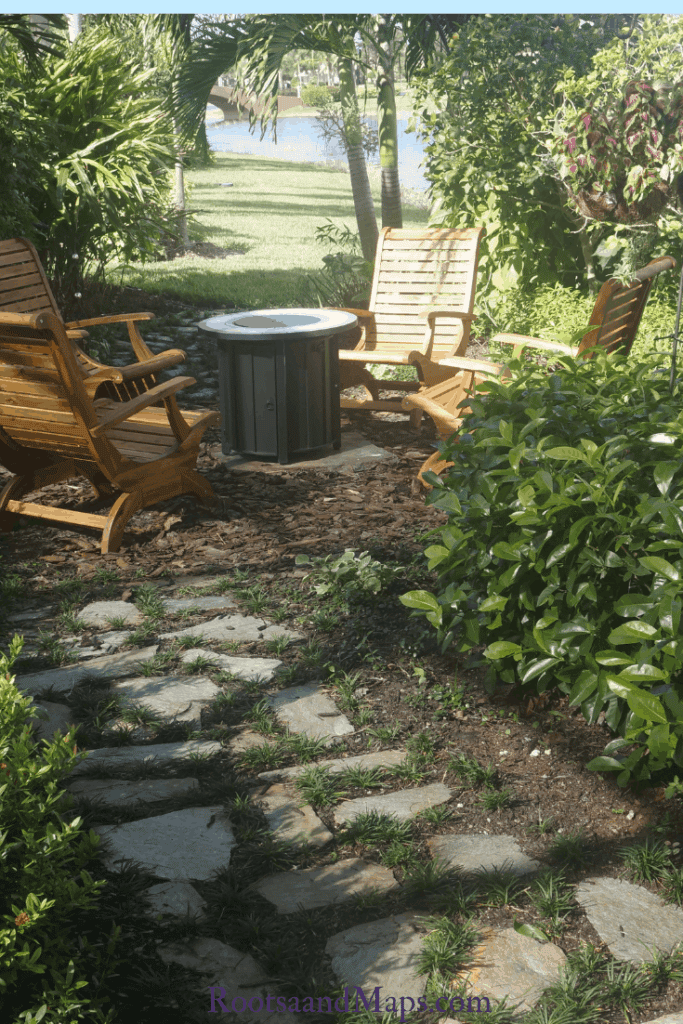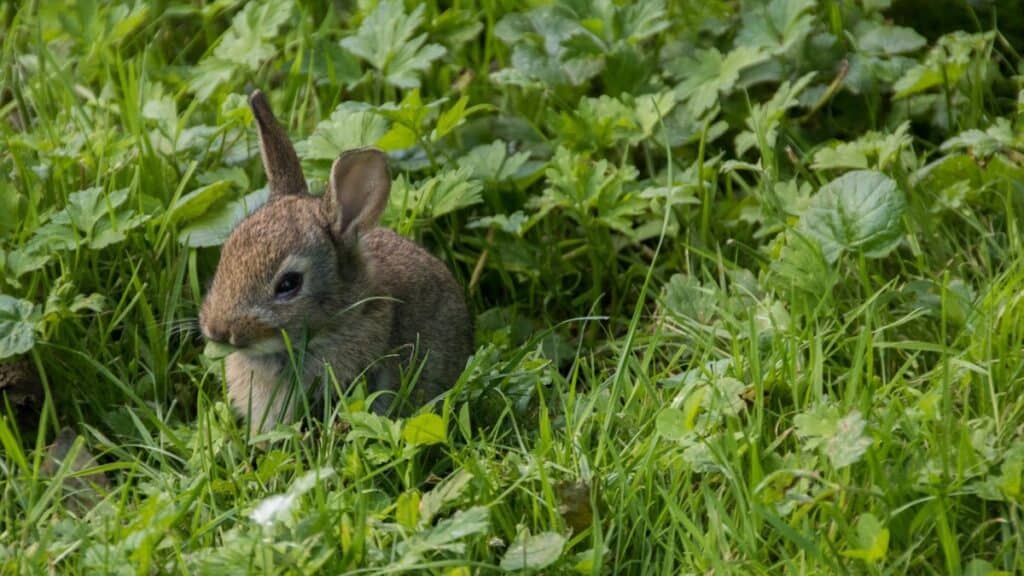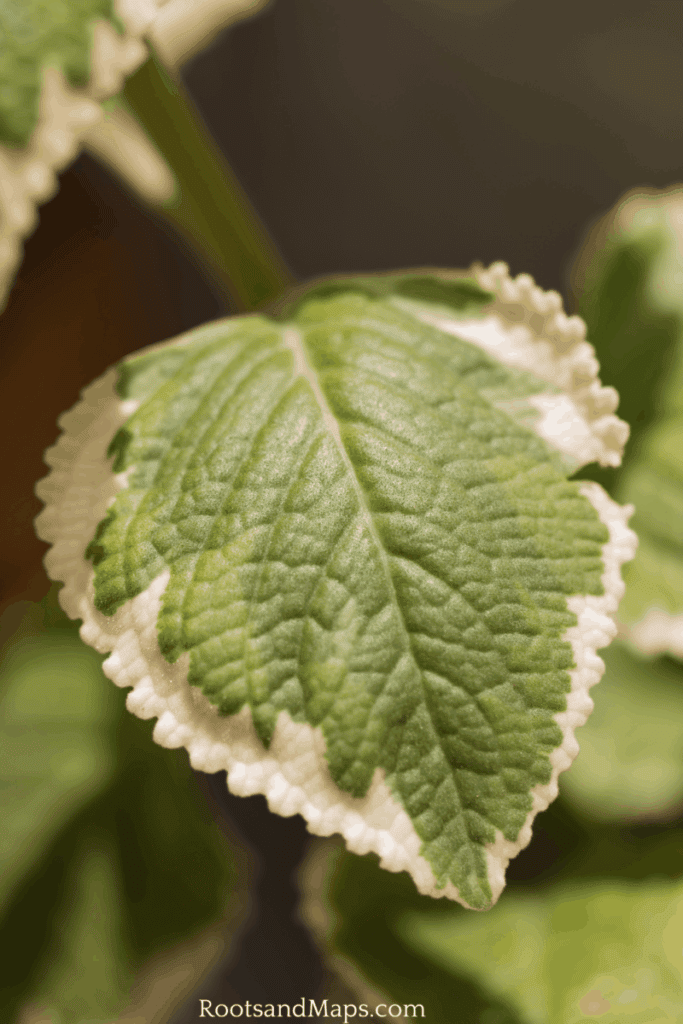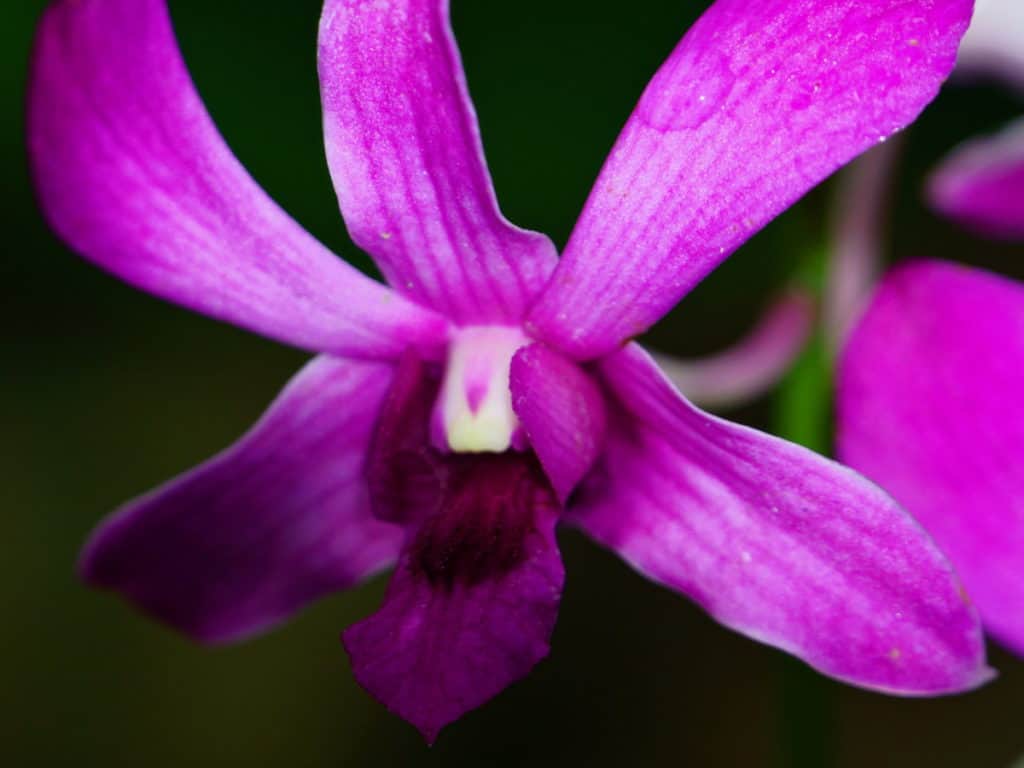This Month in the Garden
It’s January in the South Florida garden. I remember when January was the time to look for seed catalogs to plan the spring garden. Not here-not now! It is high season in South Florida. The weather is perfect for the garden. Our colors are bright.
If we are not digging, it’s because there are too many alternatives. The beaches are calling; it’s restaurant week in town, we watch the live feed of bald eagles on the nest. Recently we attended both the Opera and the Rodeo. Puccini and roping, it’s all here!
What A Difference A Year Makes
To our freedom, our business to our social life, the year 2020 changed everything. In our town the beaches are open, the restaurants do business (we eat alfresco all year) the opera is waiting till March for an outdoor festival, and, sadly, no rodeo.
But in the garden, nothing changes, seeds need to be planted, weeds need to be pulled, winter blossoms are in bloom. Chores need to be done, and the weather is beautiful.
This Month-This Year
- The garden centers are bright, we plant an abundance of annuals. This year we propagated enough coleus to create long borders.

On cool days and evenings, we are enjoying the summer project. Here where shade is increasing we planted several ground covers and created a seating area.
We designed this to include ground covering materials that we would love and the families of rabbits who live under these bushes would not!
Mostly, successful; now, in winter, the rabbits and deer are hungry, and the pretty Asiatic jasmine shows signs of snacking.
Here is what we are using to discourage them. Perhaps it might work for you.
In Central and South Florida we have marsh rabbits, a subset of the Cottontail. They are everywhere, when we have morning coffee outside, we watch them pick hibiscus blossoms from low tree branches. They prefer them fresh!
One Thing they do not like is “Cuban Oregano” a handsome tropical plant people in warm climates use as an oregano. It is highly aromatic and the rabbits and deer seem to hate it.


It is not true oregano but a great alternative in warm climates throughout the world where oregano fails in the summer.
Wherever this plant is nearby the rabbits, pass on and eat the turfgrass, where they have no impact. Cuban oregano is semi-succulent and easy to propagate. I always have some new plants and we are adding more in the ground cover area.
If this plant, a beautiful houseplant in colder climates, interests you, here is some information.
“What To Do With Cuban Oregano”
“How To Find A Low Maintenance Ground Cover That We Love And The Rabbits Do Not“
South Florida-What it’s Like
If you, like us, are transplanted to Florida from elsewhere in North America you have figured out this fact. South Florida is like nowhere else on the continent. In fact, the climate is a lot more like Brazil or Malaysia than the rest of the territory that surrounds it.
Our Climate
We have a tropical climate with a year-round growing season. (This does not mean that everything grows all year!) South Florida has sunny days, throughout the year.
Our distribution of rainfall is skewed at best. Our town gets 55.59″ of rain per year and only 14 of those inches fall in the 7 cooler months from October to April! Source.
A gardener in South Florida seeks drainage for 5 months and water for 7! This disparity affects every decision we make outdoors. It is fun, it’s delightful but it has its challenges.
South Florida Defined
The area we call “South Florida” encompasses the following USDA hardiness zones. Note that the hardiness zones are based on the average low temperature that the area experiences. Hardiness zones do not consider our summer heat which can be as limiting to plant life as the winter cold.
Major South Florida Cities by hardiness zone:
- West Florida- Fort Myers, Naples-10a
- East Florida-Fort Lauderdale-10b, West Palm Beach-10a & 10b, Miami 10b & 11a
- Florida Keys-Key Largo-11a, Key West 11b
You can see all of Florida by hardiness zone, Here. The hardiness zones are a good indication of what plants will live in each zone. A helpful source for plants and the zones they live in is Florida Friendly Landscaping Guide to Plant Selection.
Temperature in Winter
In January, South Florida temperatures, normally range from 68 F (20 C) to 76 F (24.4 C)
Can it Freeze?
Fortunately, this rarely happens, particularly in the coastal areas. A higher risk of freezing takes place in inland areas at about mid-January. The National Weather Service will issue chill advisories when the wind chill is forecast to be 35 or less.
What to do if a Freeze is Coming
When a freeze is expected, water the garden in the morning before the predicted cold night. This is a valuable step to take because overly dry plants suffer the most damage from cold and wet ground holds more heat than dry soil. Then turn off the sprinklers for the duration of the freeze.
Identify your most cold-sensitive plants; cover them with cloth coverings which extend to the ground. This will trap heat from the ground. Plastic covering is not recommended as it can damage the parts of the plant which it touches.
A new product to cover plants with is Frost Cloth. This is a lightweight, porous material which should slow the loss of heat during the night. For more information try this Horticultural Agent Blog post.
What Plants and Parts of the Garden are at Most Risk?

Delicate tropical plants such as orchids are at risk. Move potted plants indoors for protection. As an alternative, you can group planters together and surround them with mulch for the duration of the cold period.
All gardens have microclimates. These are very small areas in which the temperature differs from that of nearby areas. Why? A microclimate can exist because it receives a different amount of energy than adjacent areas or has a different amount of water trapped near the soil surface.
Identifying them can involve a certain amount of trial and error. You can use an instant-read cooking thermometer to identify warmer and cooler areas.
Here is “Cold Protection 101” from Fairchild Tropical Botanical Garden
After the Cold Period Ends
Water after the freeze ends. This will help to rehydrate plants and dilute any fertilizer salts that might otherwise cause burn damage. Source.
Is the plant damaged? Gently scrape the stem. If the inner layer is green, it is not damaged. A black or brown appearance indicates that the branch is dead and can be removed. If you are not sure, wait until spring. Remove dead leaves.
Our South Florida Soil
Well, soil it’s not! What we have underfoot is primarily sand. Our summer rains are heavy, the sand drains quickly. In the dry season, however, when there is little rain, our sand is unable to hold water. This increases our need to add water.
Organic Matter
We amend the soil with compost, this holds moisture, releasing it to the plants as needed. Compost allows the soil to hold nutrients and encourages beneficial microorganisms. This job involves digging and carrying. We try to do this work in the cool of winter.
Mulch
Gardeners in this climate learn to value mulch. It keeps the soil cooler, prevents water loss and keeps weeds at bay.
What we Plant in January
Planting Table
| CATEGORY | PLANTS TO INCLUDE | RESOURCES |
| Annuals | Begonia, Lobelia, Dianthus, Dusty Miller, Nicotiana, Petunia, Snapdragon, Zinnia, Coleus, impatiens | Gardening with Annuals in Florida |
| Bulbs | Agapanthus, Clivia lily, Crinum | Bulbs for Florida |
| Herbs | Dill, Fennel, Tarragon, Thyme, anything in the Mint family | Herbs in the Florida Garden |
| Shrubs and Trees | Most can be planted year-round | Florida Friendly Landscaping |
| Vegetables | Any cool-season vegetables, Beets, Broccoli Cabbage, Lettuce, Turnip, | Florida Vegetable Gardening Guide |
What we do in January
Chores Table
| DO THIS MONTH | STEPS TO TAKE | RESOURCES |
| SOIL | cool weather =ideal time to amend soil | Your Florida Soil |
| IRRIGATION | higher than normal temperatures=more water | Gardening Solutions Irrigation |
| NUTRITION | Fertilize fruit trees with 6-6-6 fertilizer around the drip line. | Soil Fertility and Plant Nutrition |
| PESTS | control scale on citrus, shrubs, deciduous fruit trees=use horticultural oil while dormant | Florida Garden Pests |
| TEMPERATURE | cold protection, if frost predicted, water the sensitive plants 12-24 hrs before freeze and cover | Winter Plant Protection |
| PRUNING/TRIMMING | light shaping only when the danger of frost has ended | Plant Trimming |
| ISSUES THIS MONTH | dryness, cold |
Things to do Every Month
- Adjust irrigation to meet current rainfall
- Inspect the garden for problems including pests or disease
- Deadhead blossoms-increase new growth
- Water in any new plants according to their needs
- Mow lawns according to height requirements
St Augustine, Bahia:3-4″
Centipede: 1.5-2″
Dwarf St Augustine: 2.5″
January in the South Florida Garden-Why We like it
This month is the start of our social season, it is sunny, dry, and bright. Our theatres and our restaurants are full. January is prime time for high-energy activity. We show off our gardens to our plentiful visitors. In the garden, we try to get the heavy work done while it is cool.
Think of it as springtime in a temperate climate. It’s the time of opportunity anything can grow -anything can happen.
Bibliography
Florida Gardening Calendar-UF/IFAS
Here is a piece on Tools you will need if you want to love gardening.
